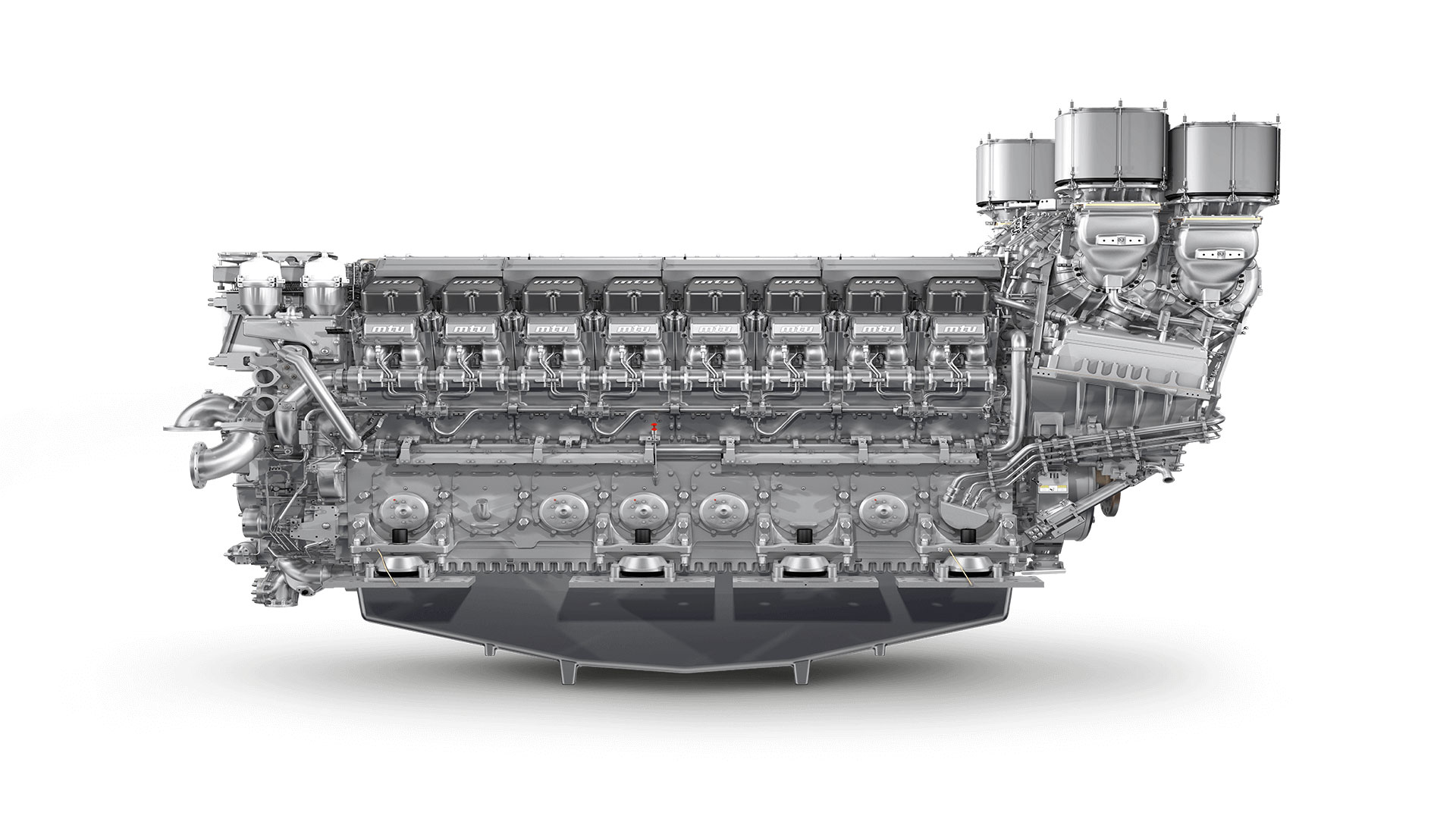SOURCE: RAUNAK KUNDE / NEWS BEAT / IDRW.ORG


The Defence Research and Development Organisation (DRDO) is gearing up for a pivotal phase in India’s naval modernization with its ambitious Project-76, aimed at designing and developing a new class of indigenous conventional diesel-electric submarines for the Indian Navy. As the program inches closer to Cabinet Committee on Security (CCS) approval—expected within the next few months—DRDO is actively planning to collaborate on developing a marine diesel engine, a critical component for the submarines.
DRDO’s mandate to maximize indigenous content—targeting 90-95%—means that relying on imported engines beyond the initial batch is untenable. The organization is thus exploring partnerships to develop a local marine diesel engine, potentially manufactured in India under a Transfer of Technology (ToT) agreement. The engine must not only meet the 3,000+ hp requirement but also integrate seamlessly with the submarine’s AIP and lithium-ion battery systems, a complex engineering feat.
DRDO is in the early stages of identifying suitable partners, both domestic and international. Locally, firms like Kirloskar Oil Engines, Cummins India, and Ashok Leyland have experience with industrial diesel engines, but none have ventured into marine propulsion at this scale. Establishing a new supply chain and workforce skilled in marine engineering will require significant investment and time—factors DRDO must balance against Project-76’s deadlines.
Project-76, a continuation of the Advanced Technology Vessel (ATV) program that birthed the Arihant-class nuclear submarines, is set to produce six next-generation submarines with an unprecedented 90-95% indigenous content. With the design phase slated to begin post-CCS approval—projected for mid-2025—and the first submarine expected to join the fleet by 2033, weighing 3,000-4,000 tons submerged, will feature advanced technologies like Air-Independent Propulsion (AIP), lithium-ion batteries, and possibly vertical launch systems (VLS) for cruise missiles.
According to insights shared with idrw.org, the marine diesel engine for Project-76 will need to generate over 3,000 horsepower (hp), with each submarine equipped with two such engines. This power output is essential to drive the submarine’s electric propulsion motor via generators when operating at snorkelling depth, complementing the AIP system for extended underwater endurance. While technical details are still under development, the engine must be compact, reliable, and quiet—crucial attributes for stealth operations.
India’s lack of prior expertise in designing high-performance marine diesel engines poses a significant hurdle. Unlike aero-engines or land-based systems, marine diesel engines require specialized engineering to withstand harsh underwater conditions, deliver consistent power, and minimize acoustic signatures. DRDO’s experience with the Arihant-class submarines relied heavily on nuclear propulsion, leaving a gap in conventional diesel engine technology that Project-76 must now bridge.
Given the tight timelines—the design phase spanning three years and construction taking five—the first two Project-76 submarines are likely to be fitted with imported marine diesel engines. Sources indicate that MTU, a German firm renowned for its MTU 4000 series engines used in submarines worldwide, is a frontrunner. MTU’s engines, delivering 3,000-4,000 hp, are proven in platforms like Germany’s Type 212A submarines and offer the reliability needed for early operational deployment. This interim measure allows the Navy to induct the submarines by the early 2030s while DRDO ramps up its indigenous solution.
NOTE: Article cannot be reproduced without written permission of idrw.org in any form even for YouTube Videos to avoid Copy right strikes. Websites doing illegal reproductions will get DMCA and Legal Notices.